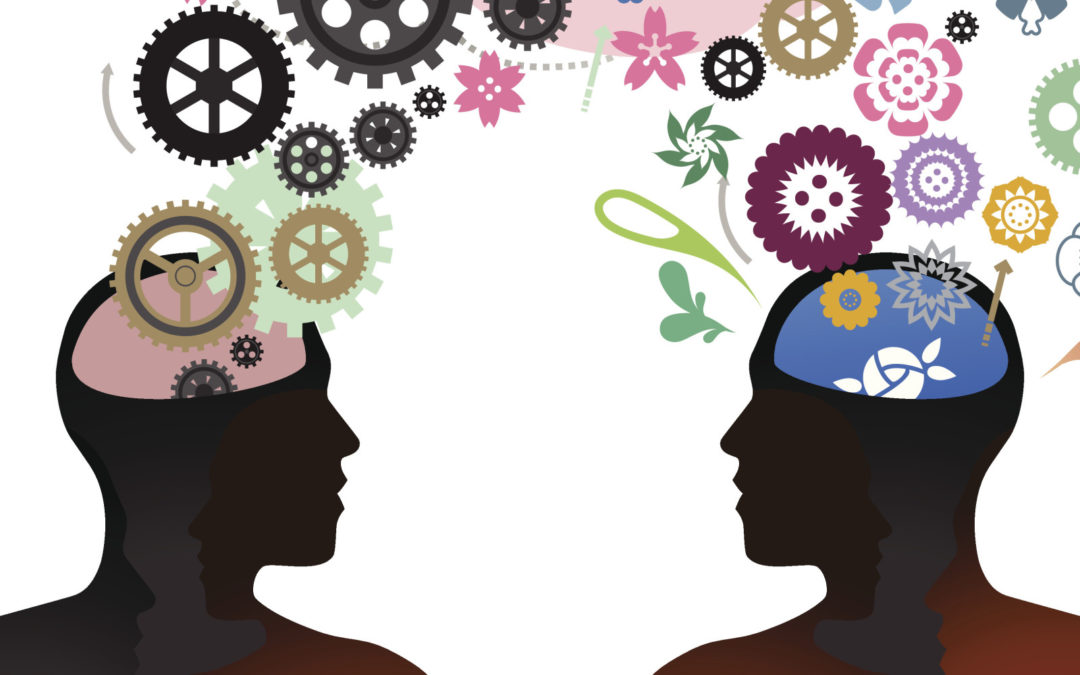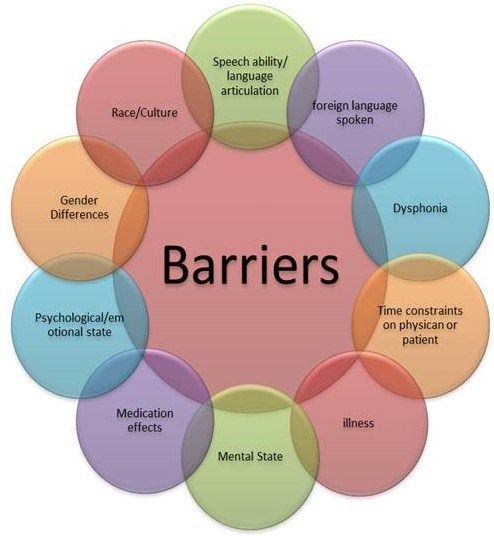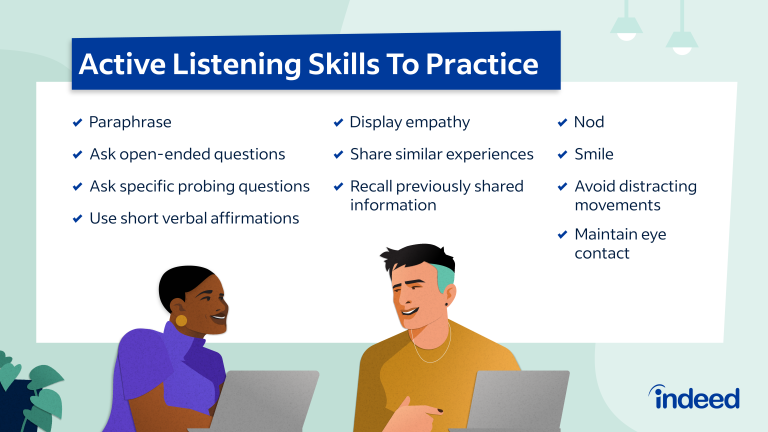What is Emotion in Communication?
Emotion in communication refers to the expression of feelings and sentiment during the exchange of information. It greatly influences the effectiveness and impact of the message conveyed.
Effective communication requires the incorporation of emotions to create a connection and elicit a desired response from the recipient. Emotion enhances the ability to convey empathy, sincerity, and authenticity, making the communication more relatable and engaging. Whether it’s through verbal or nonverbal cues, the presence of emotion adds depth and nuance to interpersonal interactions, allowing for a deeper understanding and resonance with the intended audience.

Credit: www.finchcommunications.com
Emotion In Communication: An Introduction
Emotion in communication plays a vital role in human interaction. Understanding and recognizing the emotions conveyed through communication is crucial for effective and meaningful interactions. It enables individuals to connect on a deeper level, fostering empathy and building strong relationships.
Emotion adds depth and complexity to the messages we convey, enhancing the overall impact of our communication. Whether it is a smile, a tear, or an enthusiastic tone, emotions give life and authenticity to our words. Being aware of the emotional cues in communication allows us to respond appropriately and tailor our messages accordingly.
It helps us navigate sensitive topics, diffuse conflicts, and create a positive and supportive environment for open dialogue. Therefore, mastering the art of understanding emotion in communication is essential for successful interpersonal relationships and effective communication strategies. Emotion is the key that unlocks the true power of communication.
Understanding Emotion In Communication
Understanding emotion in communication is crucial for effective interaction. Emotions shape the nature and impact of our communication. Emotions influence how we interpret and respond to messages, directly affecting the effectiveness of our communication. Whether it’s joy, anger, sadness, or fear, emotions color our interactions, adding depth and meaning to our conversations.
They can intensify or dampen the impact of our words, shaping the overall experience for both the sender and the receiver. Emotions can be conveyed through facial expressions, tone of voice, and body language, all of which contribute to the richness of communication.
As we navigate through various emotional states, it’s important to acknowledge and understand the role of emotions in our interactions, enabling us to communicate with empathy, sensitivity, and effectiveness. By recognizing and responding to the emotions present in communication, we can foster deeper connections and build stronger relationships.
Factors Influencing Emotional Communication
Emotion in communication is influenced by various factors such as cultural backgrounds, individual differences, and contextual aspects. Culture plays a significant role in shaping how emotions are expressed and understood in communication. Different cultures may prioritize certain emotions and have distinct rules and norms regarding their display.
Additionally, individual differences such as personality traits, upbringing, and personal experiences can impact how people express and perceive emotions. These differences can range from being more expressive to being more reserved in emotional communication. Contextual factors, such as the environment or the specific situation, also influence emotional communication.
For example, the presence of others, the level of intimacy, or the severity of the situation can all affect how emotions are conveyed and received. Overall, understanding the factors that influence emotional communication helps enhance effective and meaningful interactions.
Verbal And Non-Verbal Emotion Expression
Emotion in communication encompasses both verbal and non-verbal forms of expression. Words play a crucial role in conveying emotional meaning, but the power of tone of voice should not be understated. How we say something carries a wealth of information about our emotions and intentions.
Additionally, non-verbal cues such as facial expressions, body language, and gestures are integral to emotional expression. These cues provide subtle yet significant insights into our emotions and further enrich our communication. Whether we are aware of it or not, we interpret these non-verbal cues instinctively, allowing us to better understand the emotional context of a conversation.
So, the next time you engage in communication, pay attention not only to the words being used, but also to the non-verbal cues that accompany them. They hold the key to a deeper and more accurate understanding of emotions in communication.
Emotional Intelligence In Communication
Emotional intelligence plays a crucial role in effective communication. It involves understanding and managing emotions to establish meaningful connections. Developing emotional intelligence skills allows individuals to perceive, comprehend, and express emotions appropriately. This understanding helps people navigate various situations and adapt their communication styles accordingly.
Emotional intelligence enables individuals to empathize with others, leading to better understanding and collaboration. By recognizing and controlling their own emotions, individuals can communicate more effectively, building trust and rapport with others. They can also accurately interpret and respond to non-verbal cues, fostering stronger connections.
Ultimately, emotional intelligence enhances communication by promoting empathy, understanding, and effective expression of emotions. It is an essential skill for building positive relationships and facilitating effective communication in various personal and professional contexts.
Managing Emotions In Communication
Emotion plays a crucial role in effective communication, influencing how we perceive and convey messages. Managing emotions in communication is essential for maintaining positive relationships and resolving conflicts. Strategies for managing emotions in difficult communication include active listening, acknowledging emotions, expressing empathy, staying calm, and finding common ground.
By creating a positive emotional climate, individuals can foster open dialogue, enhance understanding, and reach mutually beneficial outcomes. It is important to prioritize emotional intelligence by recognizing and regulating our own emotions, as well as being attuned to the emotions of others.
Effective communication requires a balance of logical reasoning and empathetic understanding, ensuring that emotions are acknowledged and managed constructively. When we are aware of emotions in communication, we can navigate challenging situations with greater success, building stronger connections and achieving shared goals.
Emotion In Digital Communication
Emotion plays a crucial role in digital communication, unlocking the power of connection online. Expressing and interpreting emotions in this realm, however, poses unique challenges. Without the benefit of facial expressions and tone of voice, conveying emotions accurately can often be a complex task.
This is where emojis and emoticons come into play. These creative pictograms allow users to visually express their emotions, adding depth and clarity to their messages. By incorporating these small graphical representations, individuals can bridge the gap between virtual and real-world communication.
The use of emojis and emoticons not only helps convey emotions more effectively, but also adds a touch of personality to digital interactions. These small symbols have become an integral part of our digital lexicon, enabling us to express a wide range of sentiments and fostering deeper connections in the digital landscape.
Emotional Communication In Professional Contexts
Emotion plays a crucial role in communication, particularly in professional contexts. Emotional intelligence is important in business communication as it helps build trust and rapport with colleagues and clients. Leaders and managers who are emotionally aware can effectively motivate and inspire their teams, leading to better performance.
Understanding and managing one’s own emotions and those of others can enhance decision-making and conflict resolution skills. Emotional communication is not limited to verbal expressions, but also includes non-verbal cues such as body language and facial expressions. A leader who can effectively communicate and connect on an emotional level can create a positive and productive work environment.
In conclusion, emotional intelligence in business communication is a valuable skill that can lead to success in professional relationships and outcomes.
Emotion And Conflict Resolution
Emotion plays a crucial role in communication and has a significant impact on conflict resolution. Emotions can either escalate or de-escalate conflicts, depending on how they are managed. Emotional regulation techniques are vital tools in conflict management, as they help individuals control and express their emotions in a constructive manner.
By regulating emotions, people can approach conflicts with a clearer mindset, making it easier to understand the perspectives of others involved. This ability to empathize and view conflicts from different angles is essential in finding resolutions that are satisfactory to all parties.
Effective conflict resolution requires recognizing the emotions at play and utilizing techniques such as active listening, empathy, and compromise to address them. By incorporating emotional regulation techniques into conflict management strategies, individuals can navigate conflicts more effectively and foster healthier relationships.
Understanding and harnessing the power of emotion can pave the way for successful conflict resolution in various personal and professional settings.
Enhancing Emotional Communication Skills
Emotion plays a crucial role in effective communication. To enhance your emotional communication skills, active listening is key. By truly listening and understanding the emotions behind someone’s words, you can develop a deeper sense of empathy and emotional responsiveness. This means paying attention not only to what is being said, but also to the underlying emotions being conveyed.
Active listening involves being fully present in the conversation, maintaining eye contact, nodding to show understanding, and asking clarifying questions. It’s essential to refrain from interrupting or offering unsolicited advice. By actively listening and responding with empathy, you can foster stronger connections and create a safe space for open and honest communication.
Developing these skills will not only improve your personal relationships, but also enhance your professional interactions.
Frequently Asked Questions Of What Is Emotion In Communication?
What Is Emotions As A Means Of Communication?
Emotions serve as a means of communication by conveying feelings and intentions nonverbally. They are expressive signals that people use to express their inner experiences, such as happiness, sadness, anger, fear, and surprise. Emotions can be communicated through facial expressions, body language, and vocal cues, allowing others to understand and respond to individuals’ emotional states.
This form of communication is instinctive and universal, enabling people to connect and empathize with one another. By interpreting emotions, we can understand others’ perspectives, build relationships, and effectively navigate social interactions. Emotions can be complex and nuanced, but their role in communication is crucial for conveying meaning and connecting on an emotional level.
What Are Examples Of Emotions In Communication?
Emotions in communication, such as joy, anger, fear, and sadness, play a crucial role in expressing feelings. These emotions can be conveyed through facial expressions, body language, and tone of voice. For instance, when someone is happy, their smile and lively voice indicate their joy.
Conversely, anger is shown through a furrowed brow and raised voice. Fear can be expressed with wide eyes and a trembling voice, while sadness is often accompanied by teary eyes and a lower tone. These emotional cues help others understand and empathize with what we are feeling and what we intend to communicate.
Effective communication involves recognizing and responding to these emotional signals to foster understanding and connection between individuals.
What Is Emotion In Communication?
Emotion in communication refers to the expression and perception of feelings during interactions. It plays a crucial role in conveying messages effectively, as it adds depth, authenticity, and relatability to communication. Understanding emotions helps in building rapport, empathy, and fostering meaningful connections between individuals.
How Does Emotion Impact Communication?
Emotion has a profound impact on communication. It influences how a message is received, interpreted, and understood. When emotions are expressed and acknowledged, it enhances the overall clarity and effectiveness of communication. Emotions can also affect the tone, body language, and choice of words, shaping the way a message is conveyed and received by the recipient.
Conclusion
The power of emotion in communication cannot be understated. It is the key that enables individuals to connect, engage, and resonate with one another. Whether it is in personal or professional interactions, understanding and effectively conveying emotions is vital for successful communication.
Emotions inject life into our conversations, making them engaging, relatable, and memorable. By expressing emotions through verbal and nonverbal cues, we create a deeper level of understanding and build stronger connections with others. Emotion-driven communication has the ability to evoke empathy, inspire action, and foster trust.
It allows individuals to truly connect on a human level, transcending the barriers of language and culture. Incorporating emotion in communication is not just reserved for personal relationships. It plays a crucial role in marketing, branding, and advertising as well.
Crafting messages that tap into the emotions of the target audience can create a lasting impact and drive desired outcomes. Whether it’s through storytelling, visuals, or tone of voice, incorporating emotion enables brands to build stronger connections with their audience.
Emotions are the secret ingredient that breathes life into our communication, creating meaningful connections and driving successful outcomes. So, let your emotions flow and watch as your communication becomes more powerful and impactful.



